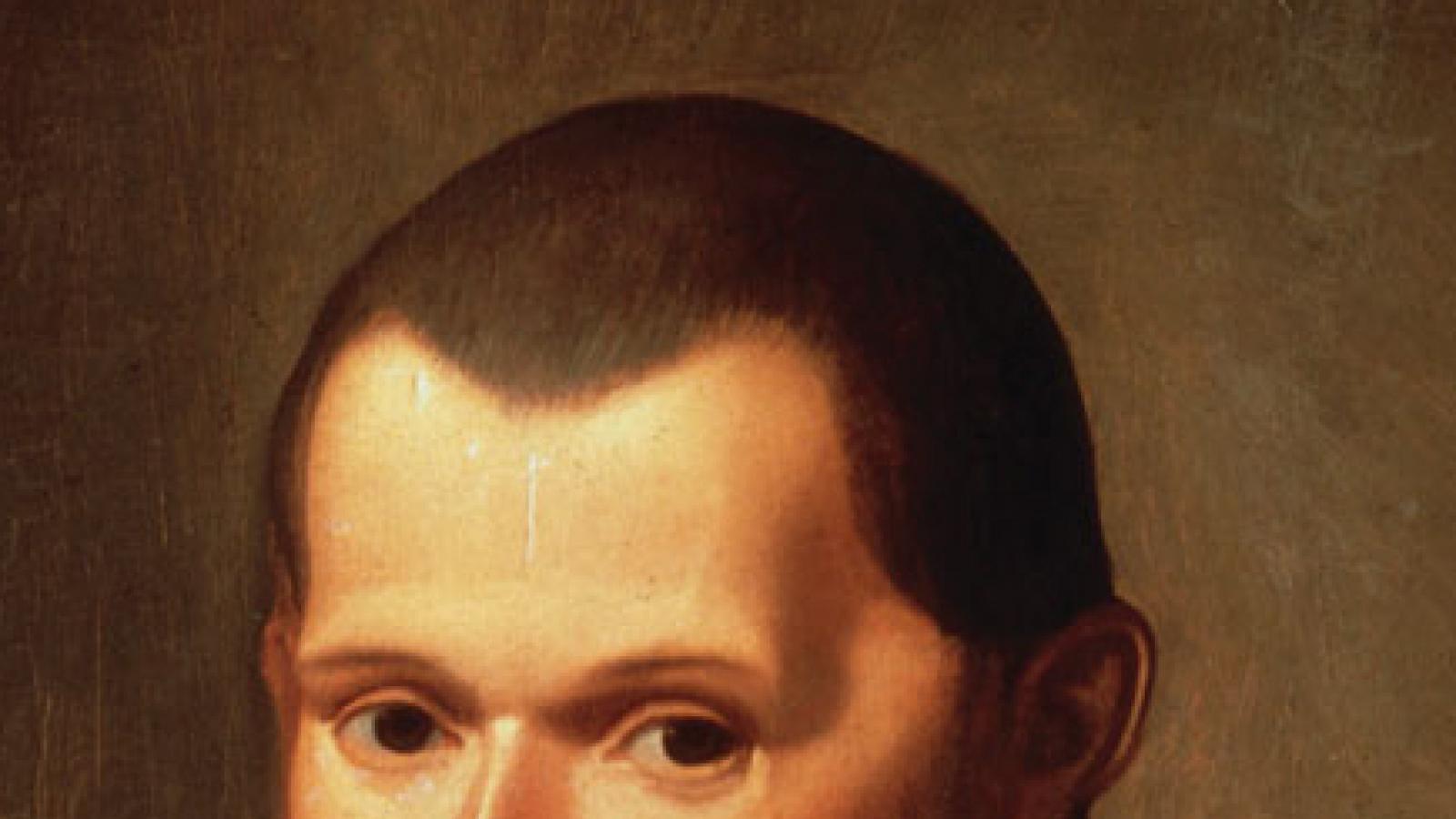Taking Note: Research Alliances & Action Research in the Arts

Too bad the word “opportunistic” is laden with negative, Machiavellian connotations. Otherwise, it’s just the term I would use to flag some of the more inspired hook-ups in arts research today.
For at least five years, the NEA's research office has exploited (the very verb smacks of cunning) the availability of federally sponsored data collections—on a range of topics such as housing, health, and business—to introduce question-items that can clarify the relationship of arts and culture to those domains. Further, as part of the Interagency Task Force on the Arts and Human Development, we've been building a network to promote and distribute arts-related research findings and funding announcements from various agencies.
If there is something unwaveringly tactical about the NEA’s quest for new datasets and subject-matter knowledge that can shed light on the arts’ importance to everyday life, then it is merely in keeping with the protean range of study topics and research disciplines that are stealthily informing what we call “arts research.”
Next month, the NEA will announce new grant recipients for the “Research: Art Works” program. Without giving too much away, I can pledge that they will evince some of this topical and technical diversity. But even now, one can consult the published papers and reports from some of our past grantees. Or browse our Grants Search database, to view brief project descriptions of research currently funded by the NEA. There you’ll find connections between cultural economics and urban planning, medicine and the media arts, psychology and arts education, and STEM and creativity research. But is this really surprising? The trans-disciplinary nature of arts research today reflects, in miniature, the scale of fields and sectors in which artists and arts organizations now operate.
Stewing it over, I find yet another problem with the word “opportunistic” as it relates to these collaborative research approaches. In data-mining jargon, the adjective is used to describe searches for patterns or correlations without a precise research goal. But the partnerships I’ve mentioned—indeed, the NEA’s repeated bids to spur such alliances—are nothing if not strategic. They typically set out to answer a question or to test a hypothesis, one with shared implications for public policy and artistic practice.
Recently, I was reminded of the utter pragmatism that arts research is capable of showing when it connects with other interests. I’d been invited to speak at the launch event of the Rhode Island Arts + Culture Research Network. The network grew from an agreement between the Rhode Island State Council on the Arts (RISCA) and The College and University Collaborative (“The Collaborative”), which is a public/private partnership of 11 institutions of higher education that seek to move “research into action,” according to the group’s website.
On April 13, RISCA and The Collaborative will hold the first working-group meeting of researchers who would like to join the network. The sponsoring partners will announce a new grant opportunity, with an initial focus on developing a new set of metrics to measure the success of Rhode Island’s State Cultural Facilities grant program. While in Providence, I learned that studying the program—administered by RISCA as part of a $35 million, voter-approved, “Creative and Cultural Economy” bond initiative—had emerged as a priority among Rhode Island lawmakers in meetings with The Collaborative to discuss actionable research.
But that’s not all. The true note of opportunity was sounded—or registered—when RISCA and The Collaborative decided that the network could provide the basis for many more investigations, into other research topics beyond the bond initiative. So far, the arts’ relationship to the Rhode Island economy, to its education, to healthcare, community development, and the environment are areas that have been tagged for consideration by the research network. In roundtable discussions during the launch event, participants were asked to imagine the kinds of new knowledge that the network could produce by the year 2025, and also to list sources of information that are currently available or that are needed for better metrics development.
Let’s see: a carefully wrought collaboration that will use cross-disciplinary research to increase value for the public from its investments in the arts? Nothing opportunistic about that!



